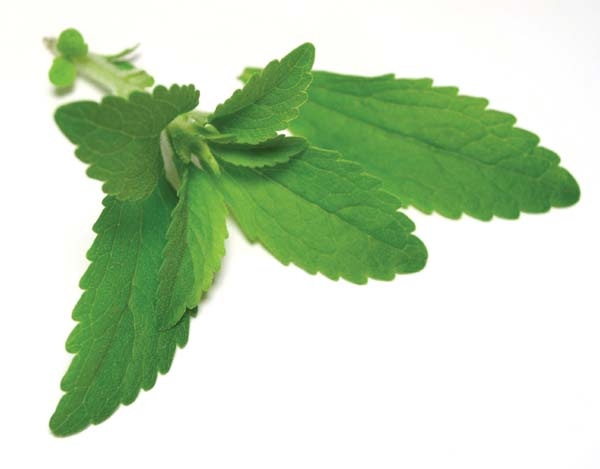More good news for the natural sweetener.
January 9, 2014

The rise of stevia to date has been noteworthy and the future looks even more favorable, says A&B Ingredients’ Marketing Director Gil Bakal. He points to a recent global study by Zenith International, which estimates sales of stevia reached 4,100 tons worldwide in 2013, representing a 6.5 percent increase over the previous year.
The study reported in Asia Food Journal (October 11, 1013) predicts stevia’s present market value at $304 million rising to $490 million by 2016.
Quoted in the report, Zenith Senior Market Intelligence Consultant Davide Deiana said, "As rising levels of obesity and diabetes continue to generate headlines, there has never been so much emphasis on reducing our caloric intake as well as consuming healthier foods and beverages. After persistent efforts by key producers, which led to widespread legislative approval, stevia is finally being recognized for its natural, zero-calorie, sweetening properties."
Bakal agrees, noting, “The World Health Organization (WHO) estimates that by 2030 obesity will be the primary cause of human sickness and mortality. Products such as Stevia, a natural non-caloric sweetener, can be expected to play a major role in controlling obesity related problems, such as diabetes and heart diseases.”
Bakal also predicts that the company’s recently introduced Stevia One will have a banner year in 2014 as stevia continues to be one of the most sought after products in food processing. “We see the continued rise in popularity of stevia among consumers as they demand healthier, more natural high quality, high purity food and beverages produced in harmony with nature,” says Bakal.
Stevia One is a natural, high purity stevia grown in the San Martin region of Peru, the subtropics of South America and home to the plant’s natural environment.
“As one of the world’s leading stevia producer, Stevia One’s Peruvian plantation in Moyobamba, San Martin Region, offers ideal growing conditions in terms of precipitation, sunlight, temperature and soil. This environment is strengthened by the use of effective environmental and agricultural technology. The result is a natural Reb A 97 percent stevia.”
Bakal further noted that all leaves are grown naturally and sustainably on one of the world’s largest scale stevia plantations, which has been certified by the Rainforest Alliance as meeting the Standards of the Sustainable Agriculture Network for the production of stevia.

You May Also Like


